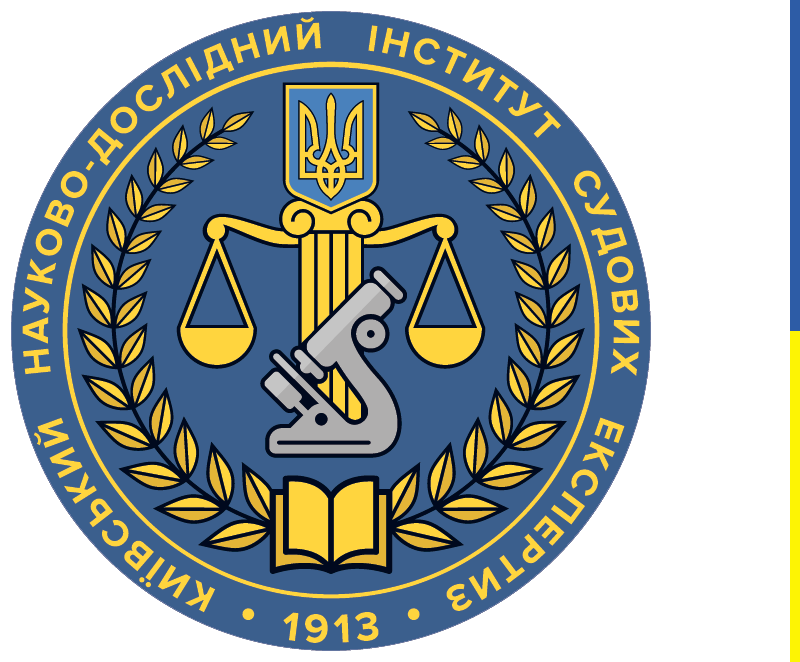STUDY OF HANDWRITING AND SIGNATURES
The indicative list of tasks
Identification tasks – identification of a specific executor of a manuscript or execution of several manuscripts by one or different persons by using the method of forensic handwriting identification examination. Namely:
- identification of the person of the executor of the manuscript or its fragment;
- establishing the fact of execution of various manuscripts or their fragments by one or different persons;
- exclusion of the performer on the basis of established persistent differences.
Diagnostic tasks are establishing the conditions of the manuscript or the state of the executor by applying the method of diagnostic forensic handwriting examination. Namely:
- establishing the fact of unusual writing;
- establishing the nature of the unusual execution of the manuscript (temporary, permanent);
- establishment of types of “confusing” factors: natural (not connected with intentional change of handwriting), artificial (connected with intentional change of handwriting);
- establishing the type of intentional change of handwriting (change within the cursive forms of letters, with the imitation of the letters of the typeface, imitation of the handwriting of another person, the performance of an unusual hand for this letter).
The indicative list of issues to be resolved
- Is the handwritten text (handwritten notes) in the document (name of the document and its details, column, line) executed by a certain person?
- Are handwritten texts (handwritten notes) made in the document (documents) (name of the document and its details, column, line) by one person?
- Is the signature made on behalf of the person (surname, name, patronymic of the person on whose behalf the signature is indicated) in the document (name of the document and its details, column, line) by the person on whose behalf it is indicated, or another person?
- Is the handwritten text in the document executed (name of the document and its requisites, column, line) under the influence of confusing factors (natural, artificial)?
- Is the signature made on behalf of the person (surname, name, patronymic of the person on whose behalf the signature is indicated) in the document (name of the document and its details, column, line) under the influence of confusing factors (natural, artificial)?
- What gender person handwritten the text?
- To what age group does the handwriting performer belong?
Important! Only original documents are provided for forensic handwriting examination.
In order to conduct handwriting research, the body (person) that appointed the expertise (involved the expert) must provide the expert with comparative samples, which by their origin may be free, conditionally free and experimental, handwriting (digital records, signatures) of the person to be identified.
Free samples are manuscripts (handwritten records (alphanumeric), signatures) authentically made by a certain person before and
after the opening of criminal proceedings, proceedings in cases of administrative offenses, civil, administrative or commercial cases that are not related to its circumstances.
Samples of handwriting and (or) signature executed by a person subject to identification before the opening of the proceedings, but in connection with it, and executed after the opening of the proceedings and directly related to the circumstances of the case are conditionally free.
Experimental specimens of handwriting and (or signature) are those performed by a person to be identified on behalf of the body (persons) that appointed the expertise (involved the expert) in conditions as close as possible to those in which the manuscript to be examined was performed and in the presence of the person taking the comparative samples.
Samples provided for forensic handwriting examination must meet certain requirements:
- authenticity, i.e. its unquestionable performance by the person to be identified.
- appropriate quality and sufficient quantity.
Samples should be compared with the test object by:
- writing and language of the document,
- time of execution, i.e. samples and the studied manuscript must be executed as soon as possible;
- by the method and conditions of execution (similar writing material, writing instrument, the basis for the execution of the document, the same posture, pace, type of execution (cursive, block letters, numbers, etc.);
- in content, nature and purpose (a document similar to the subject).
According to the methodology of forensic handwriting examination and expert practice, both free and experimental samples of alphabetic or digital writing should be provided on at least 15 sheets (documents), experimental are of at least 5-8 sheets.
If it is necessary to establish whether the signature was made on behalf of another person by another person, free and experimental samples of the handwriting and signatures of both persons shall be provided. In addition, experimental samples of the handwriting of the alleged executor are selected at least on 10-15 sheets in the form of records of the surname and initials of the person on whose behalf the signature is made. Samples of the signature of the alleged executor, executed by him on behalf of the person whose signature is subject to research, and are also selected.
The expert in each specific expert situation determines the sufficiency and quality of the handwriting and signature samples provided for the examination.
Important! Before attaching free and conditionally free samples to the case file, the body (person) that appointed the examination (involved the expert) is obliged to establish the fact of reliable performance by presenting them to the person to be identified.
In case of impossibility to present the specified samples (death of the executor, departure, etc.) as samples, it is necessary to provide documents or other papers on which the person concerning whom there is a question of identification authentically executes handwritten texts (signatures), as the executor of the studied manuscript, application for a passport (form No. 1), passport, various certificates with a handwritten signature, notarial documents, etc.).








